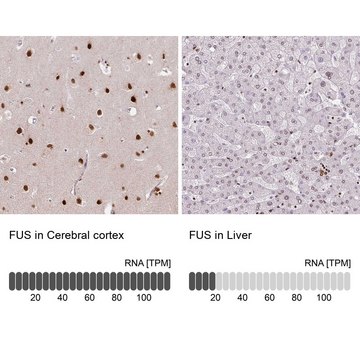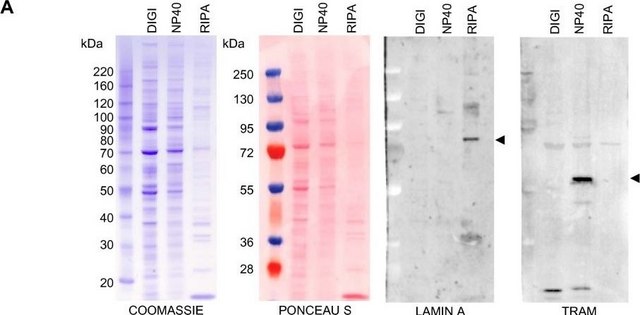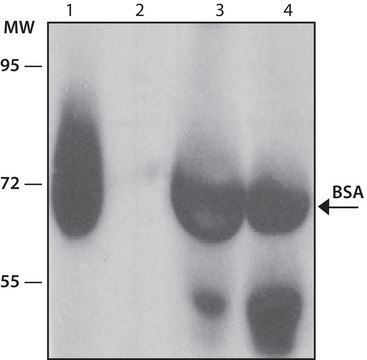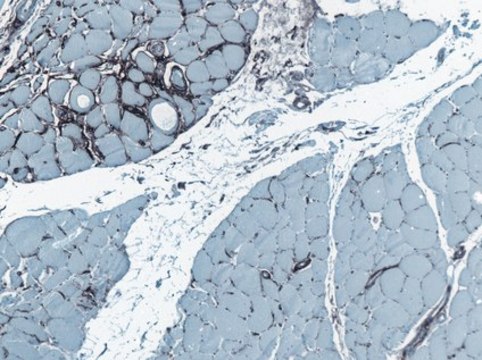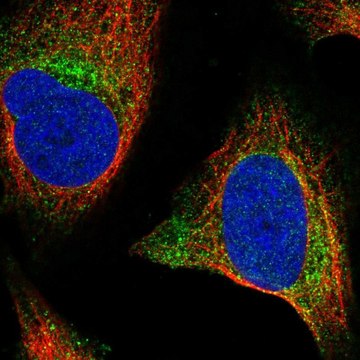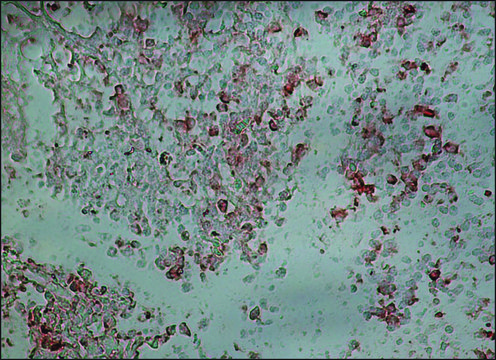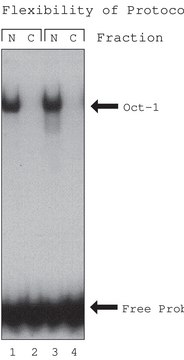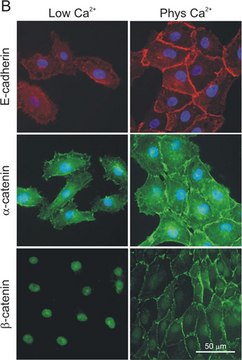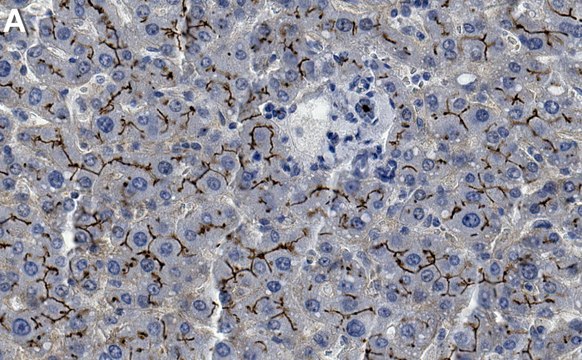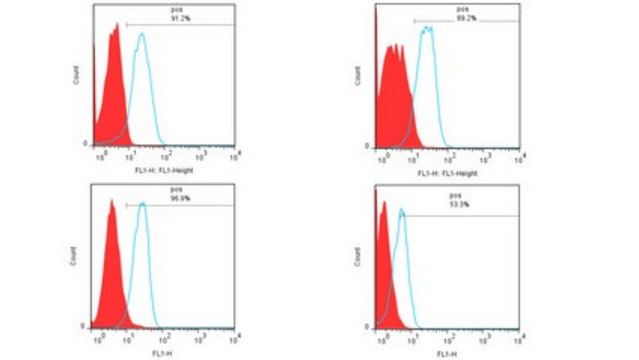SAB4200478
Monoclonal Anti-FUS antibody produced in mouse
clone FUS-4, tissue culture supernatant
Synonym(s):
Monoclonal Anti-75 kDa DNA-pairing protein, Monoclonal Anti-ALS6, Monoclonal Anti-FUS1, Monoclonal Anti-HNRNPP2, Monoclonal Anti-POMP75, Monoclonal Anti-TLS, Monoclonal Anti-fused in sarcoma, Monoclonal Anti-fusion gene in myxoid liposarcoma, Monoclonal Anti-heterogeneous nuclear ribonucleoprotein P2, Monoclonal Anti-translocated in liposarcoma protein
About This Item
Recommended Products
biological source
mouse
Quality Level
conjugate
unconjugated
antibody form
tissue culture supernatant
antibody product type
primary antibodies
clone
FUS-4, monoclonal
form
buffered aqueous solution
mol wt
antigen ~70 kDa
species reactivity
mouse, human, rat
technique(s)
immunohistochemistry: 1:500-1:1000 using formalin-fixed and paraffin embedded rat cerebellum.
indirect immunofluorescence: 1:200-1:400 using using HeLa or HepG2 cells.
western blot: 1:1000-1:2000 using lysates of G361 cells.
isotype
IgM
UniProt accession no.
shipped in
dry ice
storage temp.
−20°C
target post-translational modification
unmodified
Gene Information
human ... FUS(2521)
mouse ... Fus(233908)
rat ... Fus(317385)
Related Categories
General description
Immunogen
Application
- immunoblotting
- immunofluorescence
- immunohistochemistry
Biochem/physiol Actions
Physical form
Disclaimer
Not finding the right product?
Try our Product Selector Tool.
Storage Class Code
10 - Combustible liquids
WGK
WGK 2
Flash Point(F)
Not applicable
Flash Point(C)
Not applicable
Regulatory Information
Choose from one of the most recent versions:
Certificates of Analysis (COA)
Don't see the Right Version?
If you require a particular version, you can look up a specific certificate by the Lot or Batch number.
Already Own This Product?
Find documentation for the products that you have recently purchased in the Document Library.
Our team of scientists has experience in all areas of research including Life Science, Material Science, Chemical Synthesis, Chromatography, Analytical and many others.
Contact Technical Service